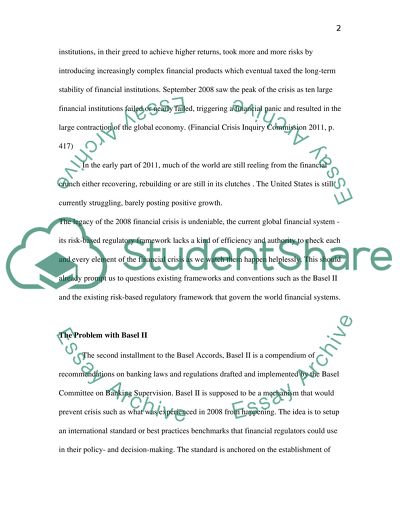Cite this document
(“Banking regulation and risk Essay Example | Topics and Well Written Essays - 1500 words”, n.d.)
Retrieved from https://studentshare.org/mathematics/1425657-banking-regulation-and-risk
Retrieved from https://studentshare.org/mathematics/1425657-banking-regulation-and-risk
(Banking Regulation and Risk Essay Example | Topics and Well Written Essays - 1500 Words)
https://studentshare.org/mathematics/1425657-banking-regulation-and-risk.
https://studentshare.org/mathematics/1425657-banking-regulation-and-risk.
“Banking Regulation and Risk Essay Example | Topics and Well Written Essays - 1500 Words”, n.d. https://studentshare.org/mathematics/1425657-banking-regulation-and-risk.


